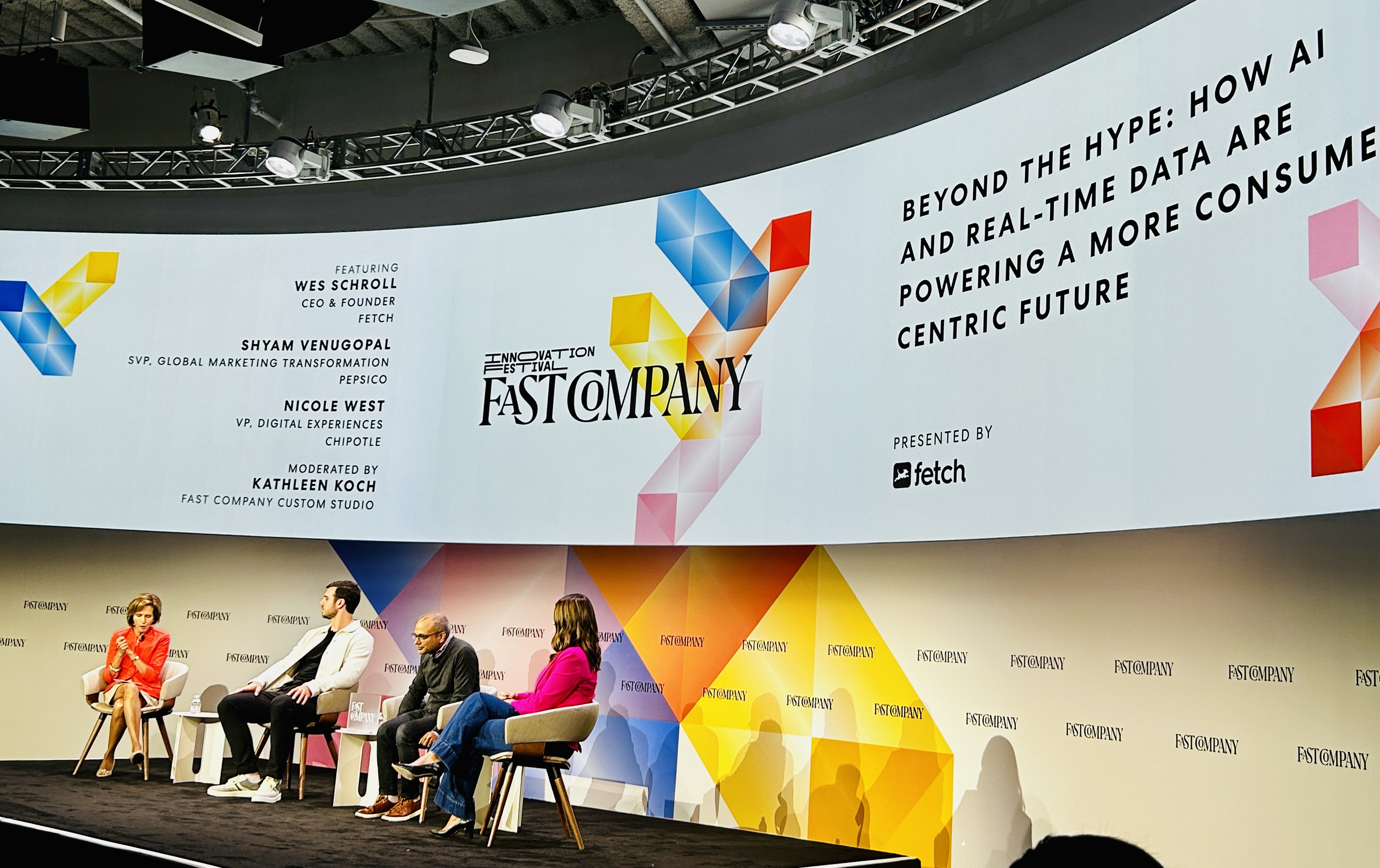Next-Gen Leadership: Empowering Future Leaders to Step Up, Not Step Away

Industry Trends
November 17, 2025
Rick Murray
A company’s sustained viability today is based on its leadership team’s ability to understand, relate to, connect with, support, and inspire multi-generations of people they’re managing, each with different values, wants and needs.
It can be a daunting task amid unrelenting change, and one that is causing an increasing number of leaders to step away long before they thought it was in the cards. Our research revealed roughly 1 out of 5 leaders are contemplating stepping back earlier than planned. Call it stress, fatigue, or burnout – but leading has never been harder, and it’s taking a very real toll on the mental psyche and motivation of those at the top.
But that’s just the tip of the iceberg. Those in line to succeed today’s leaders are expressing little desire to step up to the C-suite. In our study, 61% of employees (ages 52+) said they want their career/responsibilities to remain the same or be simplified.
Regardless of age or career stage, employees know they’re vulnerable to corporate restructuring and cost-cutting to keep the numbers up and investors at bay. They also may think, work and live differently than those who develop the company plans, set budgets and implement policies.
Our research shows a disconnect between leaders wanting to guide the ship forward, and employees’ perspectives on change readiness, well-being and AI adoption. Left unchecked, companies will see attrition rise amongst their disengaged employees, the caliber of their leadership teams decline, and their competitive positions increasingly vulnerable.
Transforming how we lead is an urgent imperative. The top-down, command-and-control era is as obsolete as the practice of managing by “walking around.” Being an effective leader today is as much about compassion and collaboration as it is about the numbers. And in an age when AI will continue to play an ever-bigger role in how companies approach innovation, reorienting to be more people-first and to invest in your intrapreneurs, may be the only way to create a change-resilient culture.
A recent piece in the World Economic Forum examined how in the AI era, human empathy is “the next competitive advantage – a measurable driver of business success.” Next-gen leadership starts with the C-suite prioritizing and actively implementing empathy in its approach and then working collaboratively across the organization to engage employees and bring them along through organizational changes.
By building up-and-coming leadership skills throughout multiple levels of the organization, including equipping leaders to be better communicators, those who feel disengaged may opt to stay, and those in line for succession may decide they want the job. A “win-win.”
Want to chat about change management and executive leadership communications? Connect with us.
Reach Out
We're excited to talk transformation and help you get where you need to be.













.jpg)






